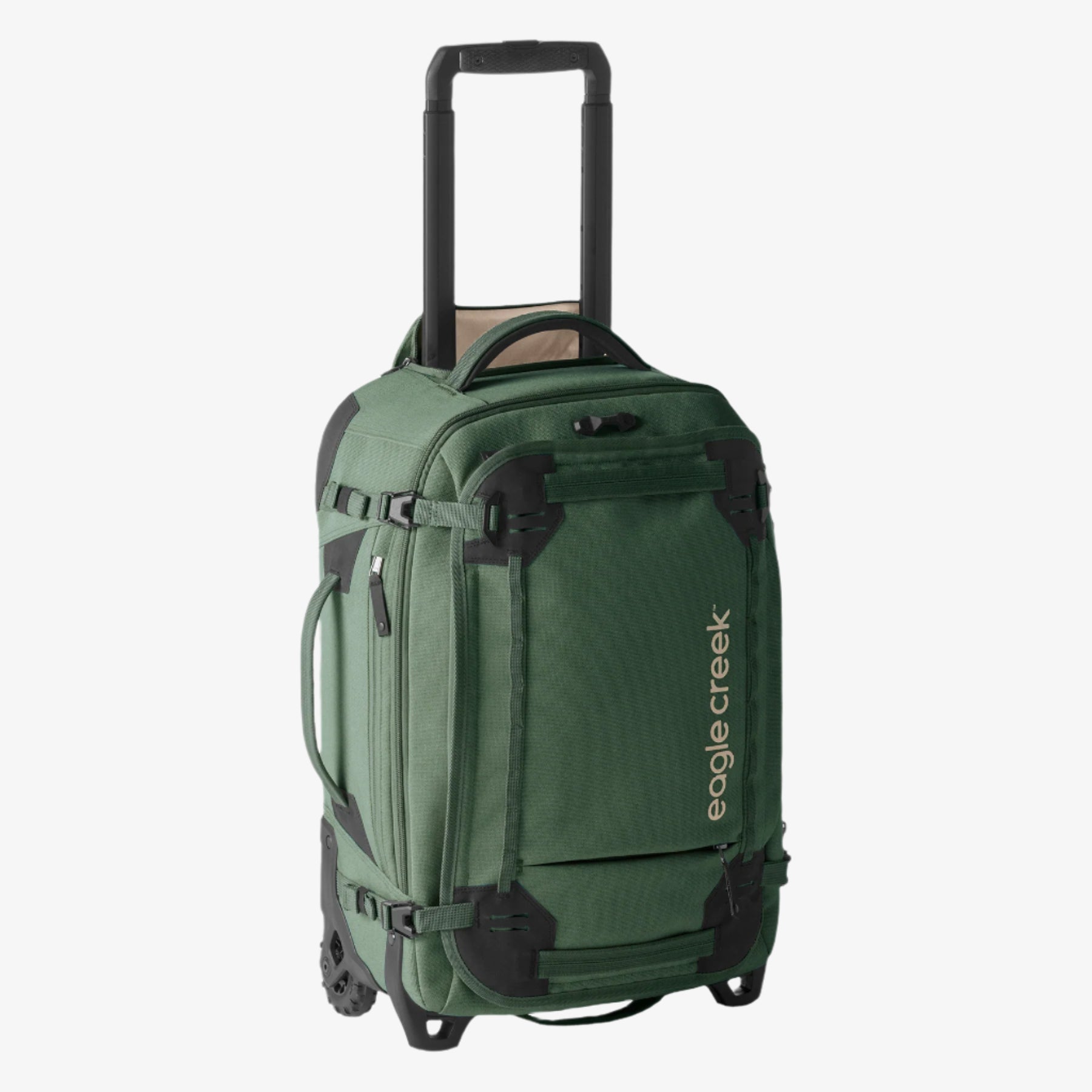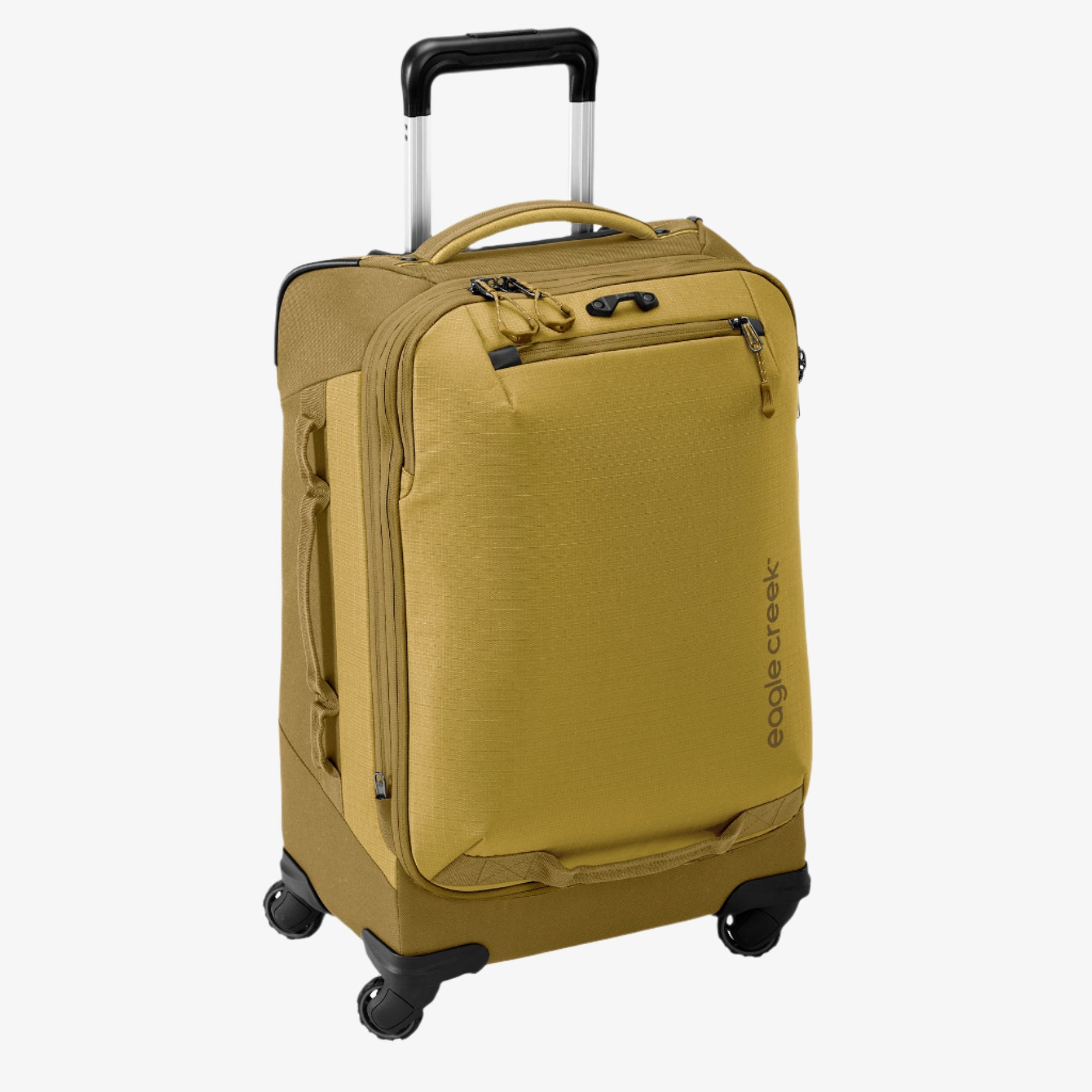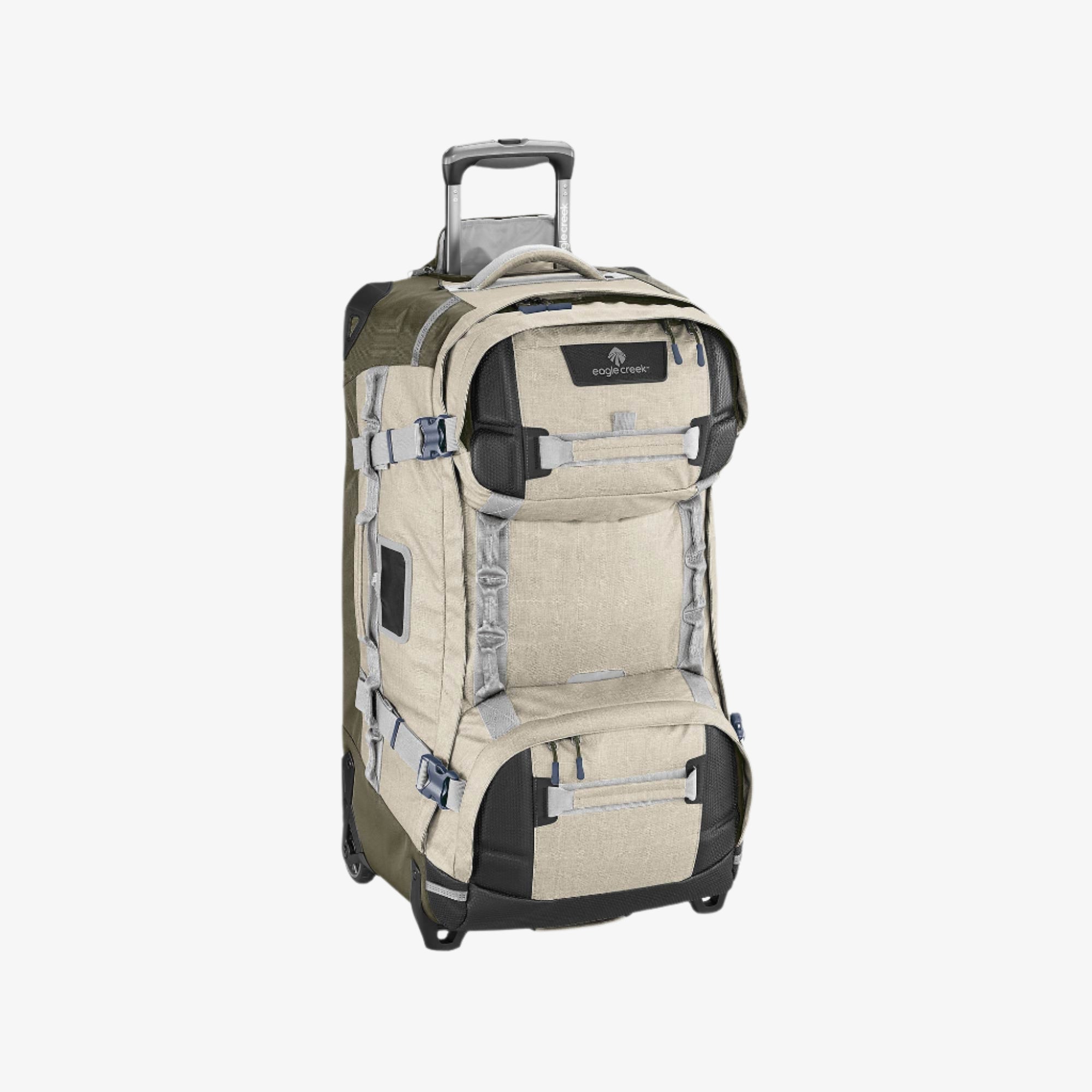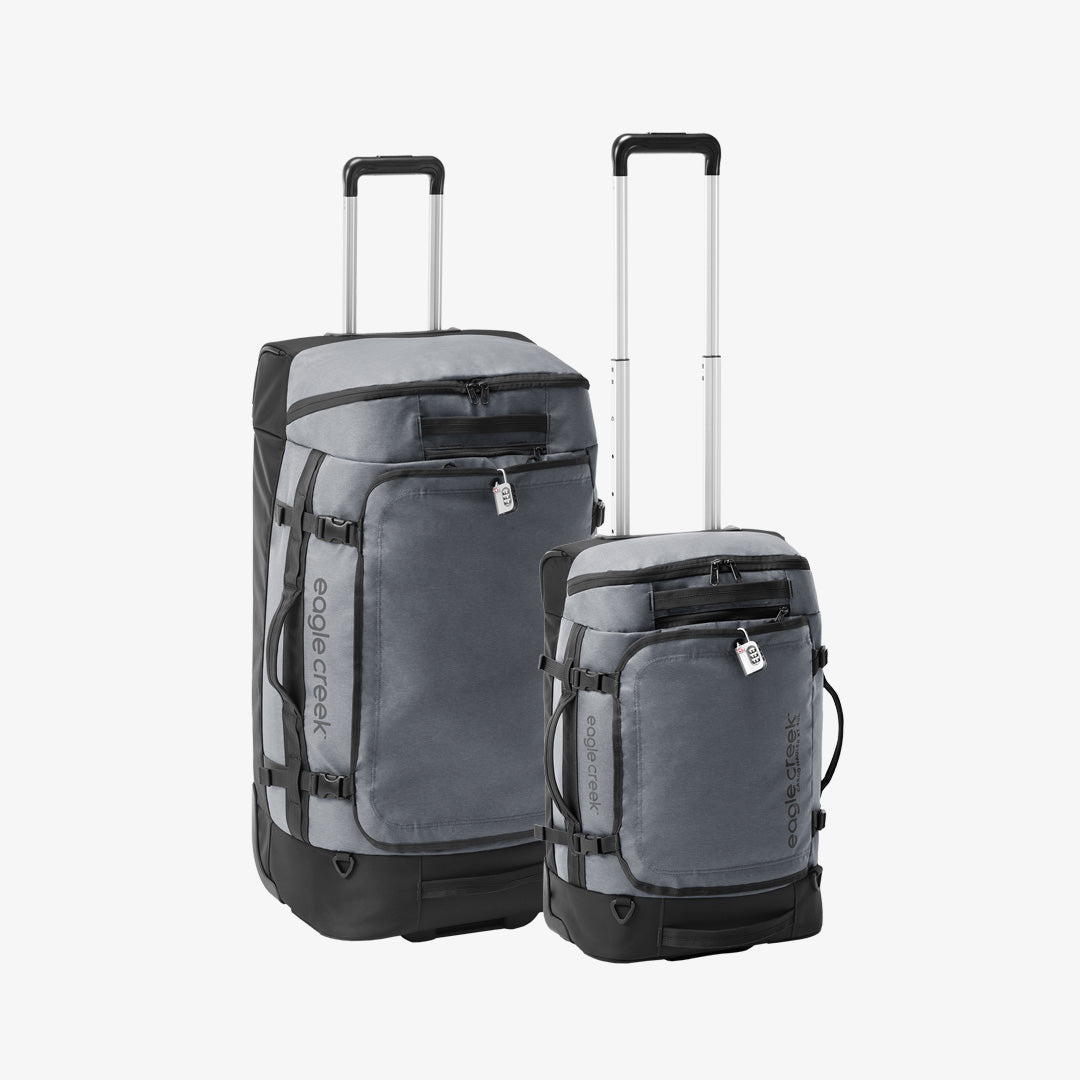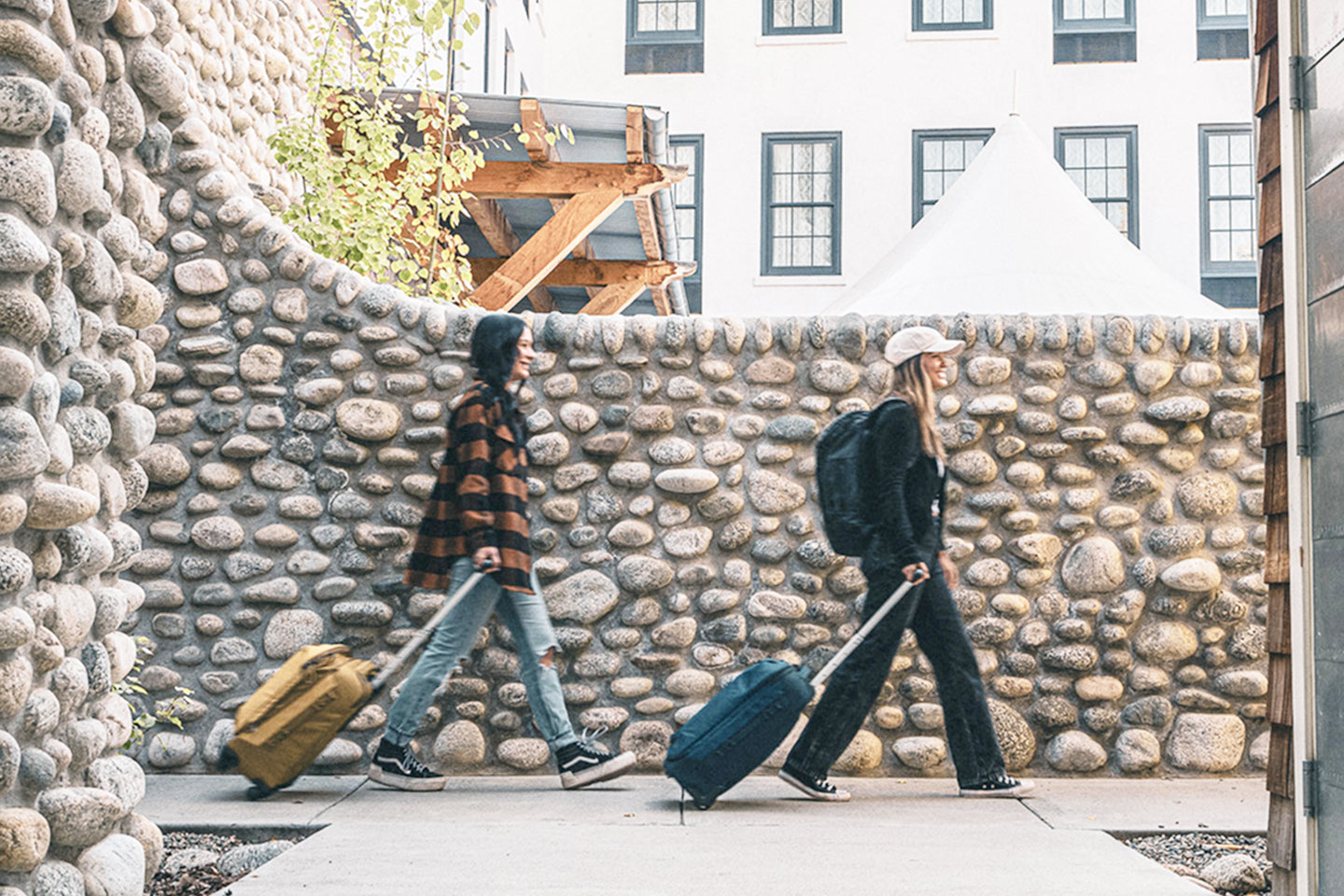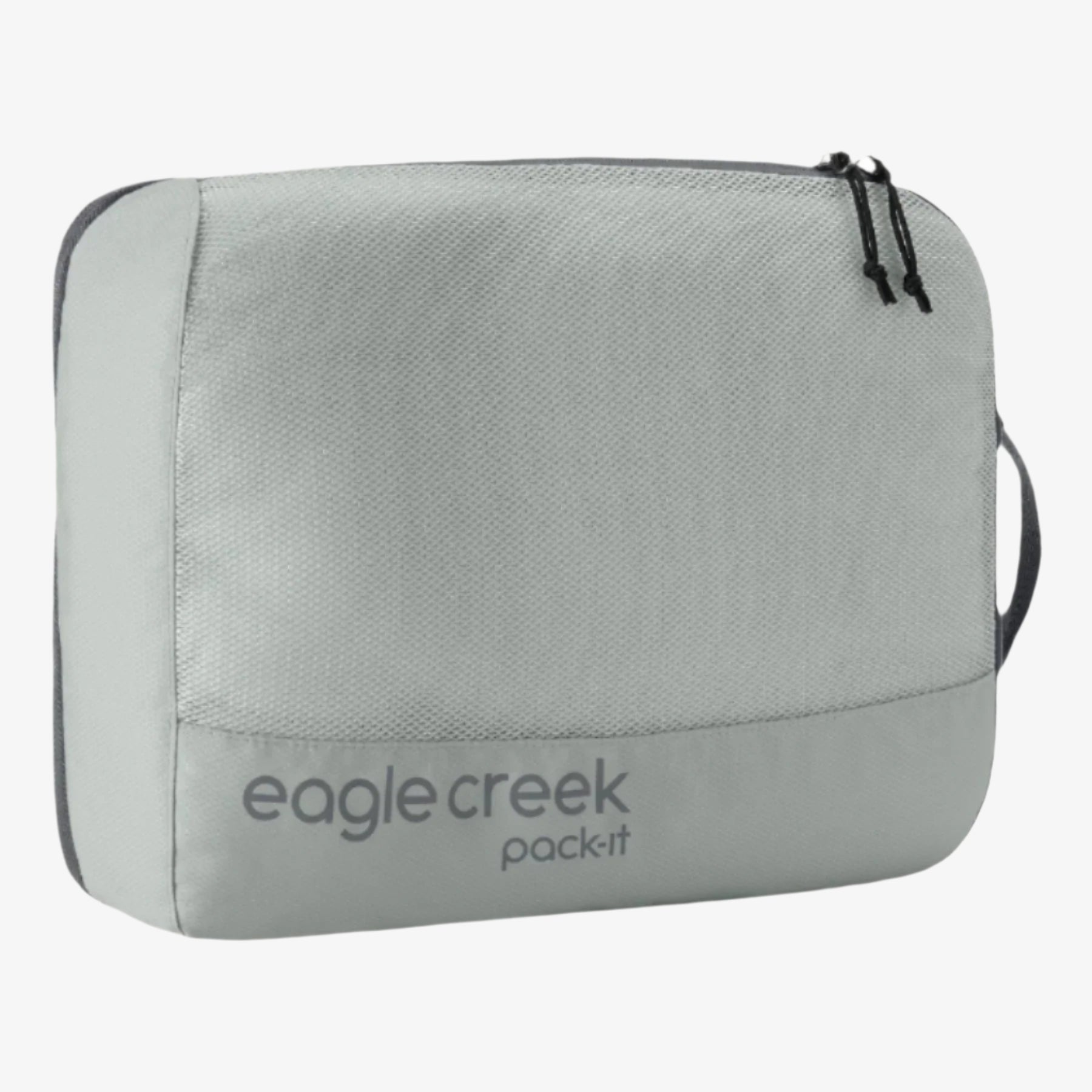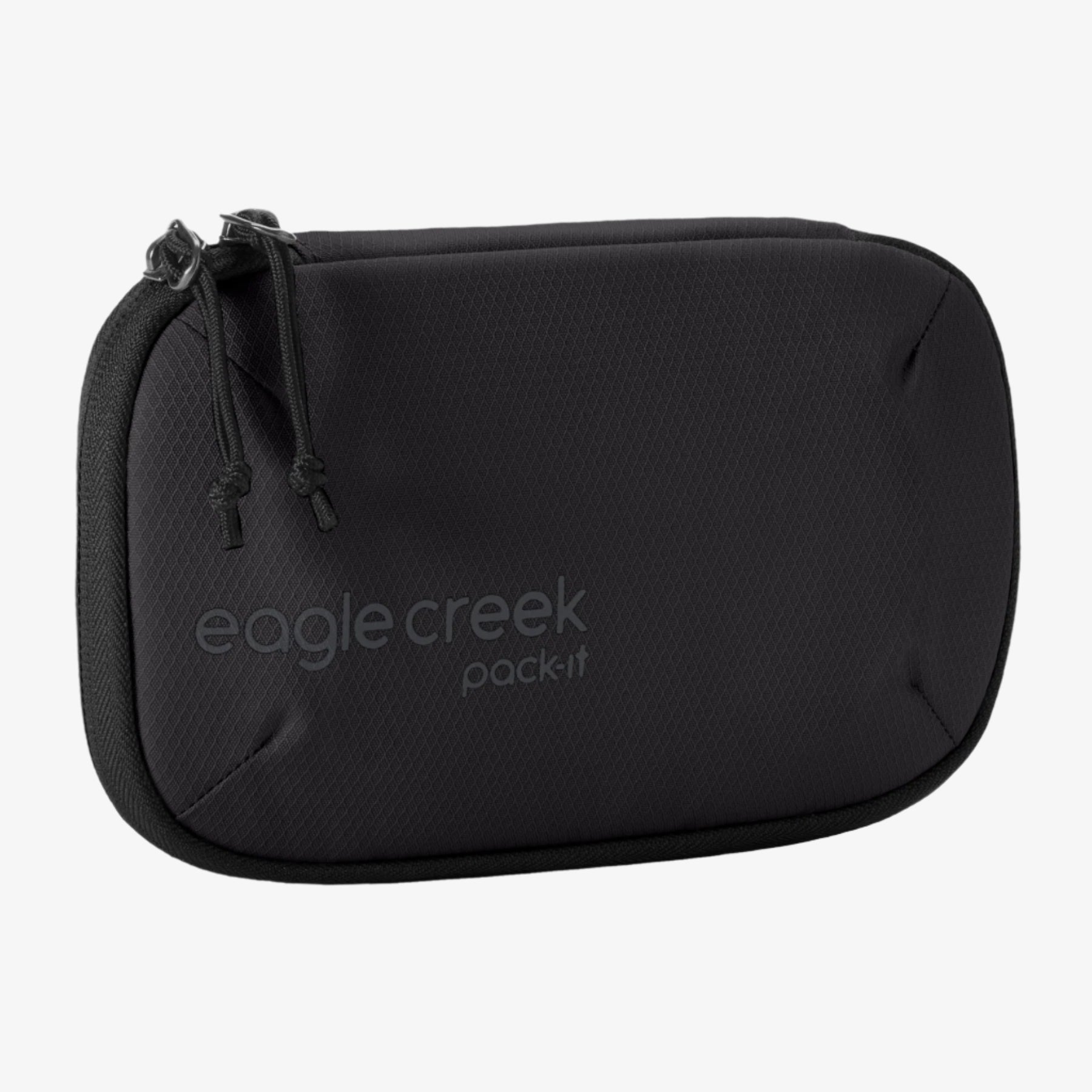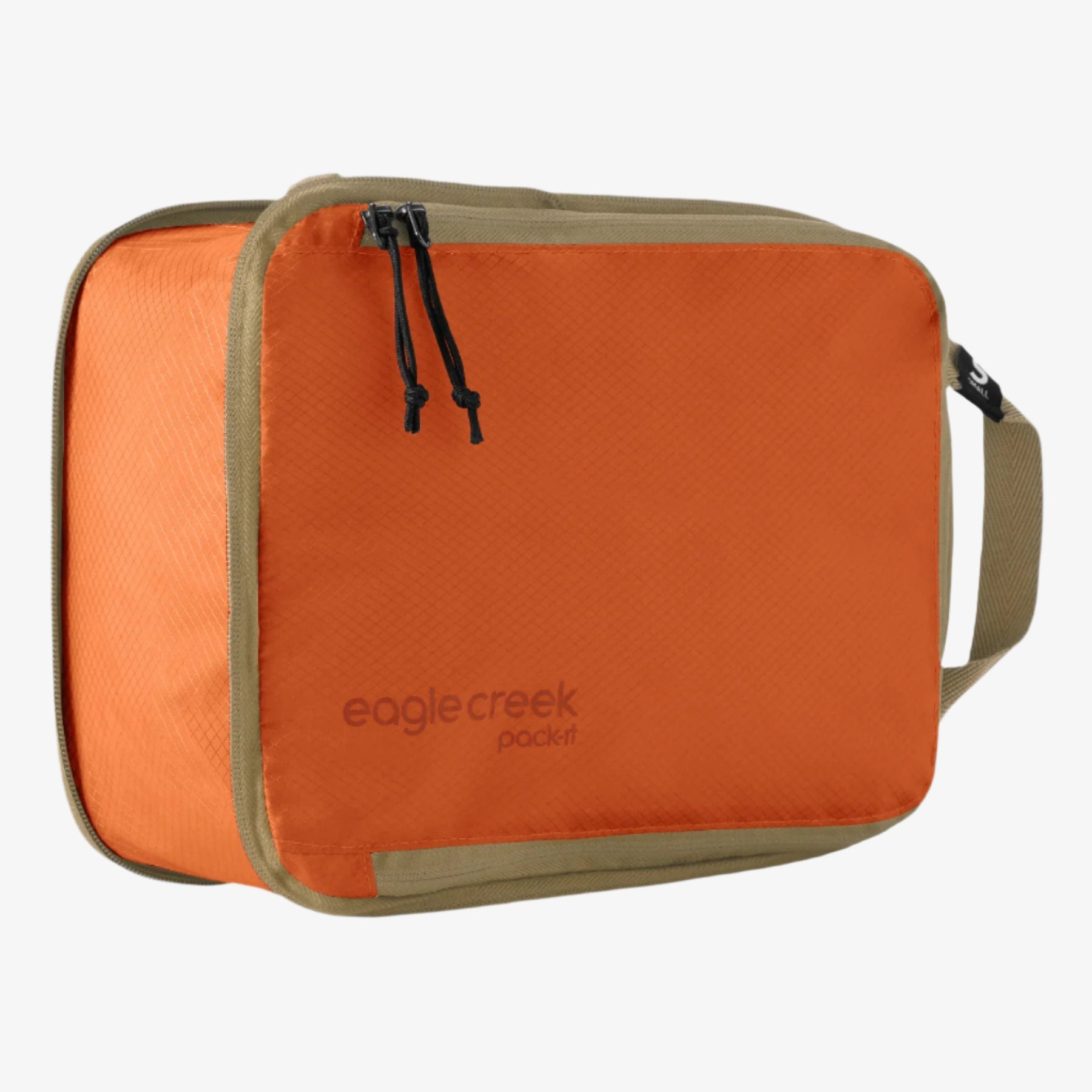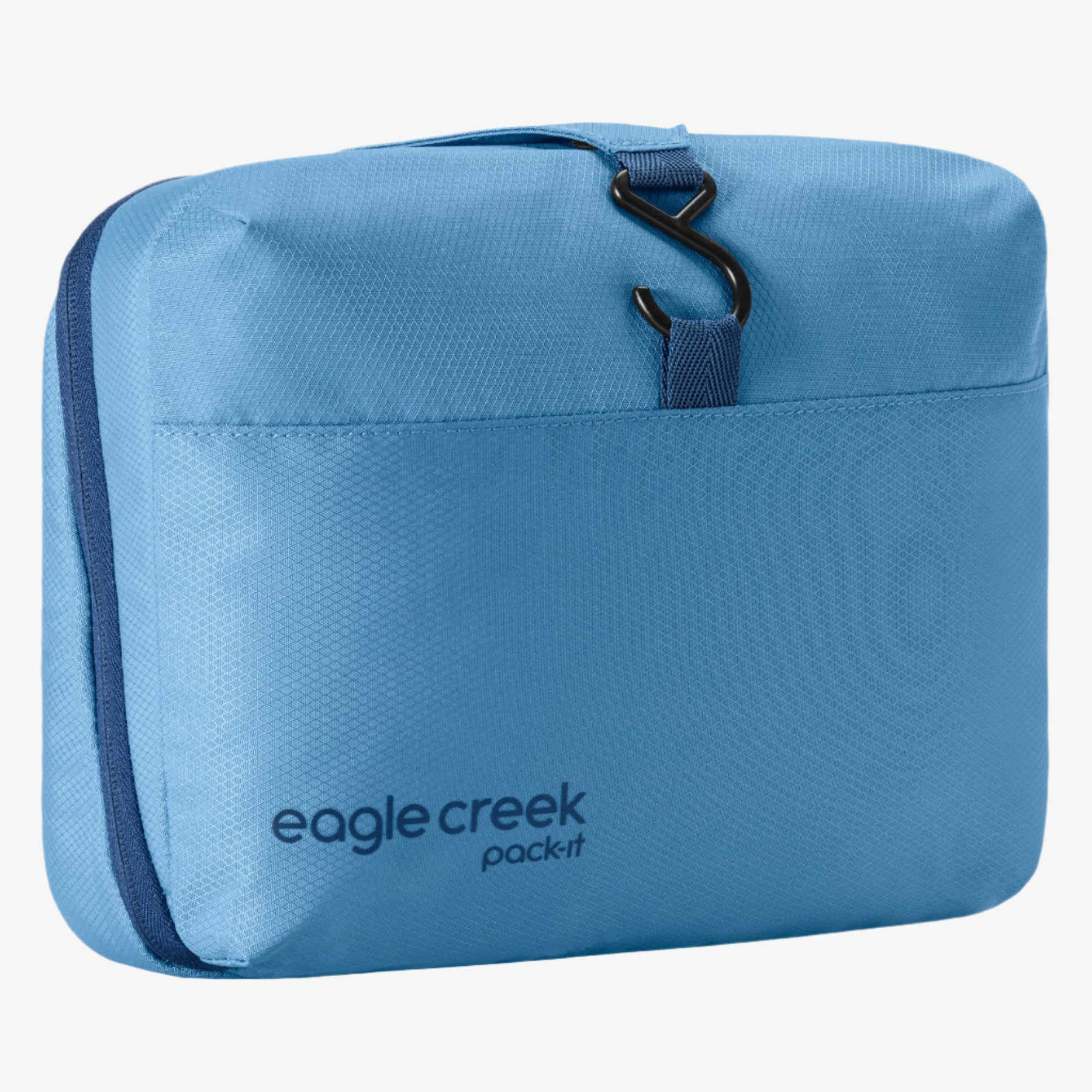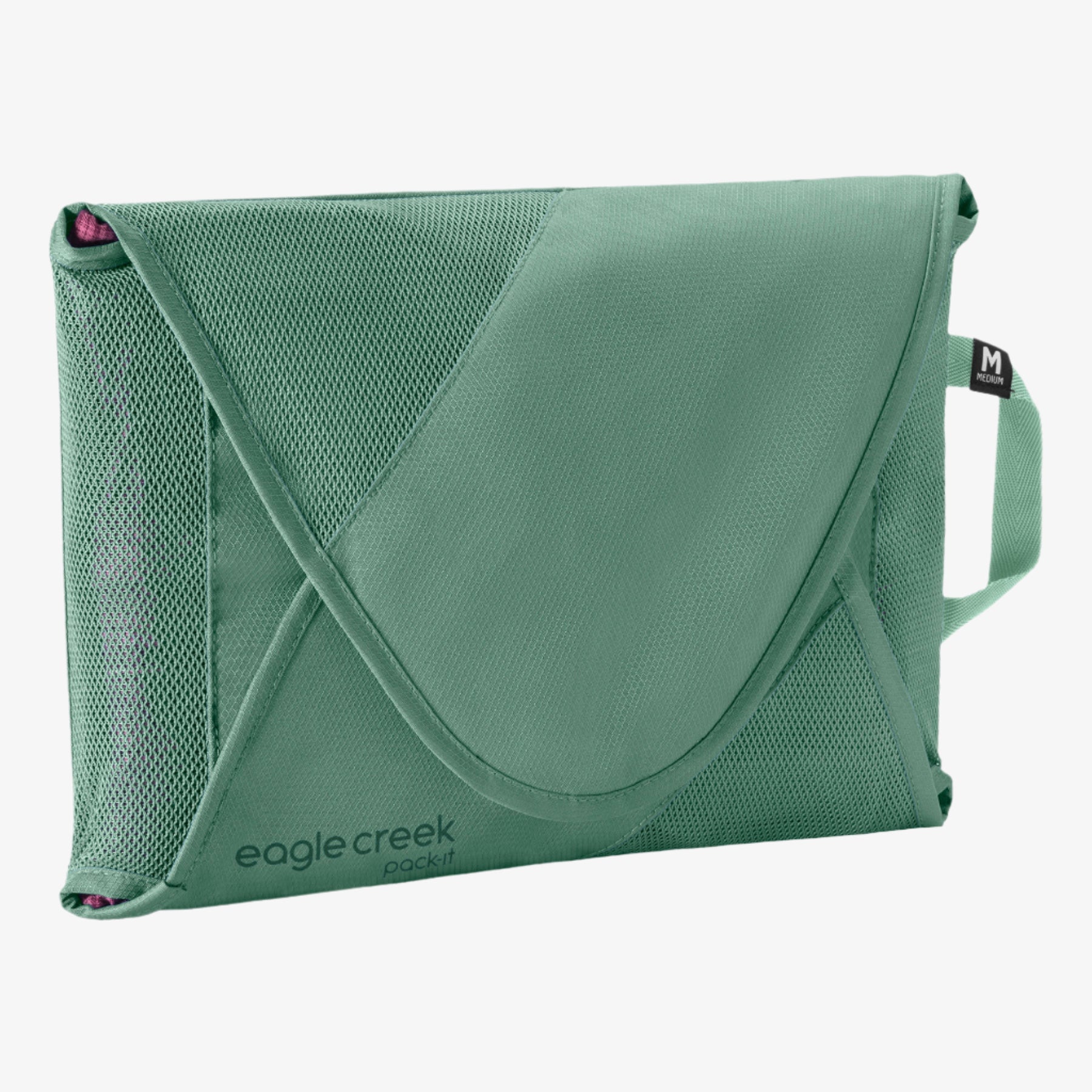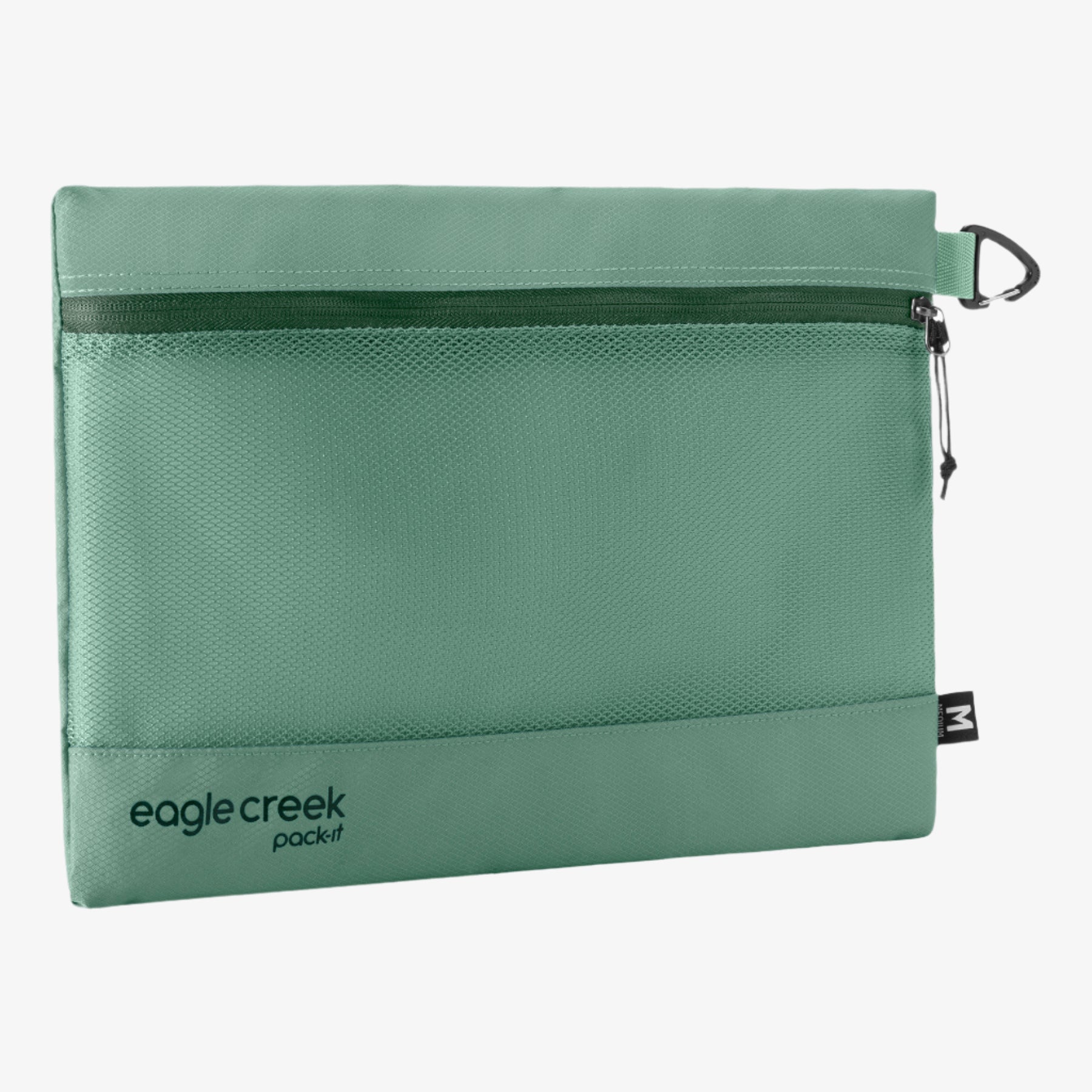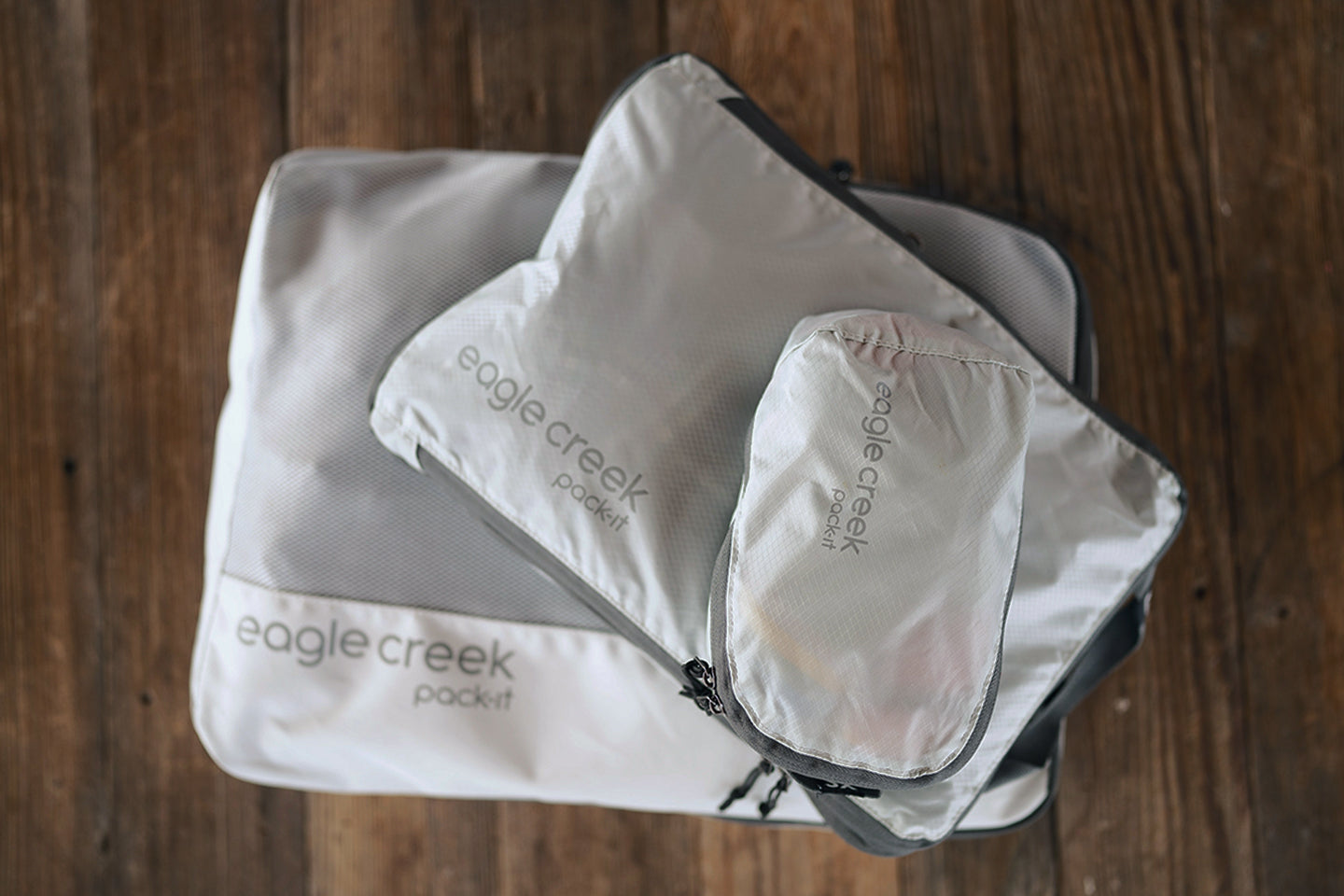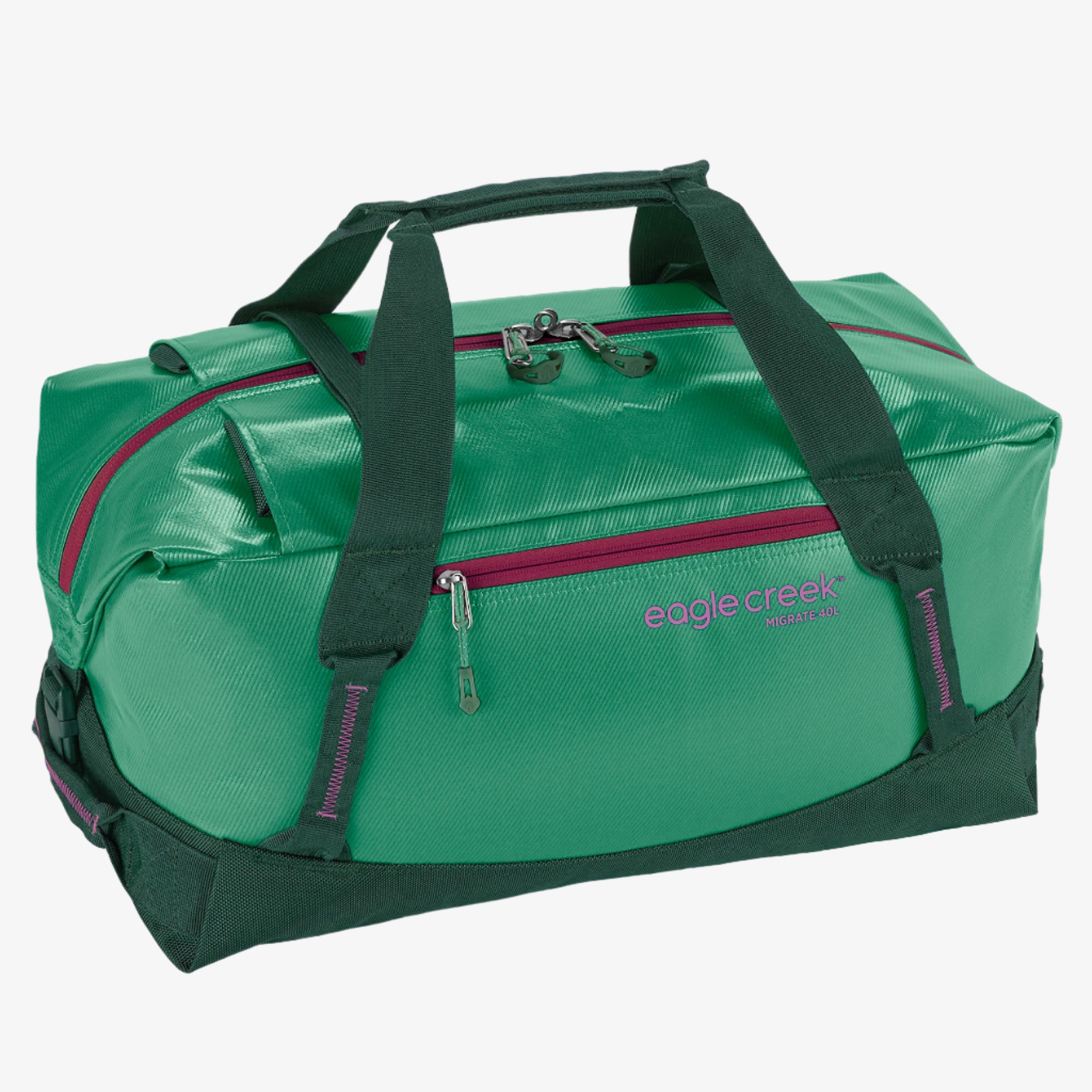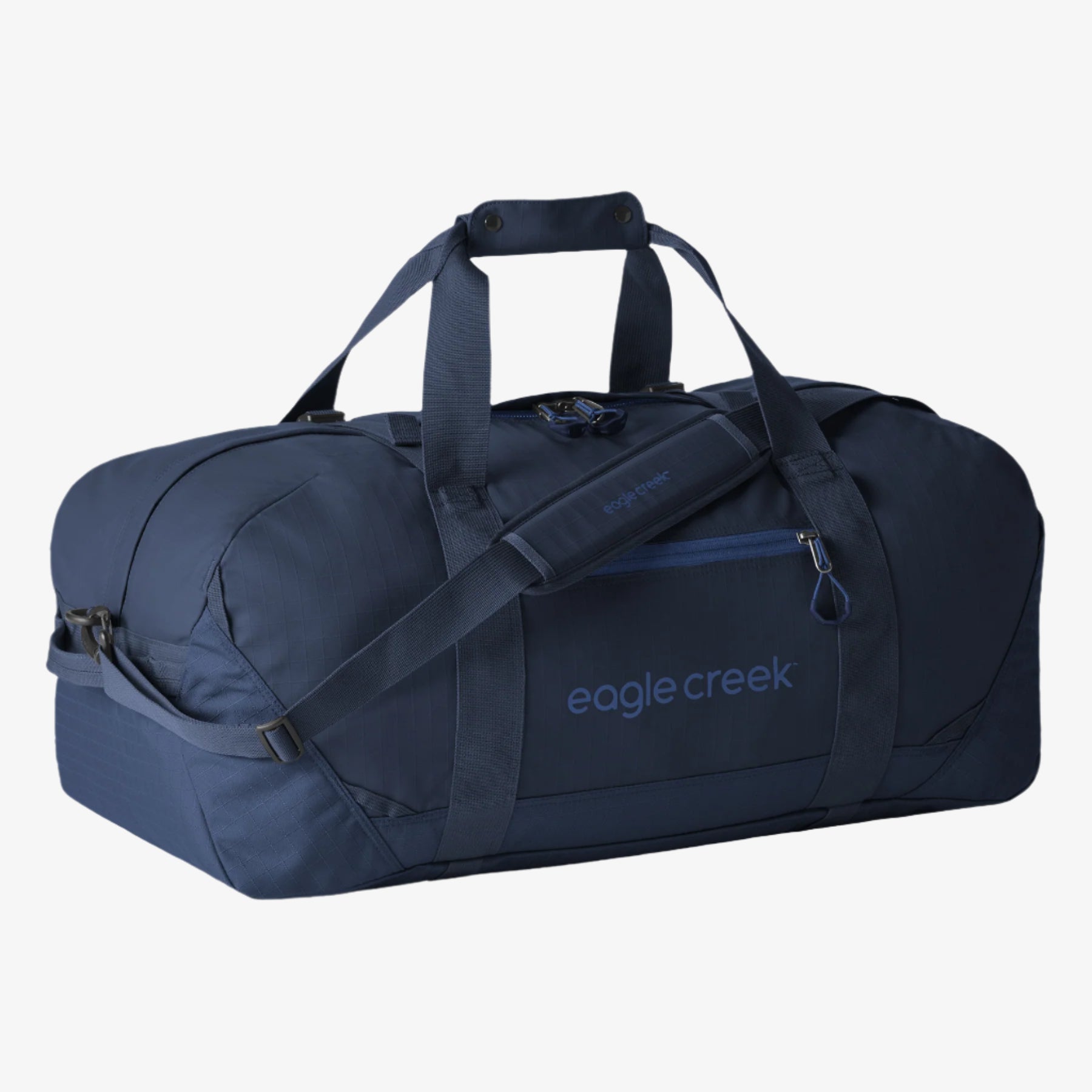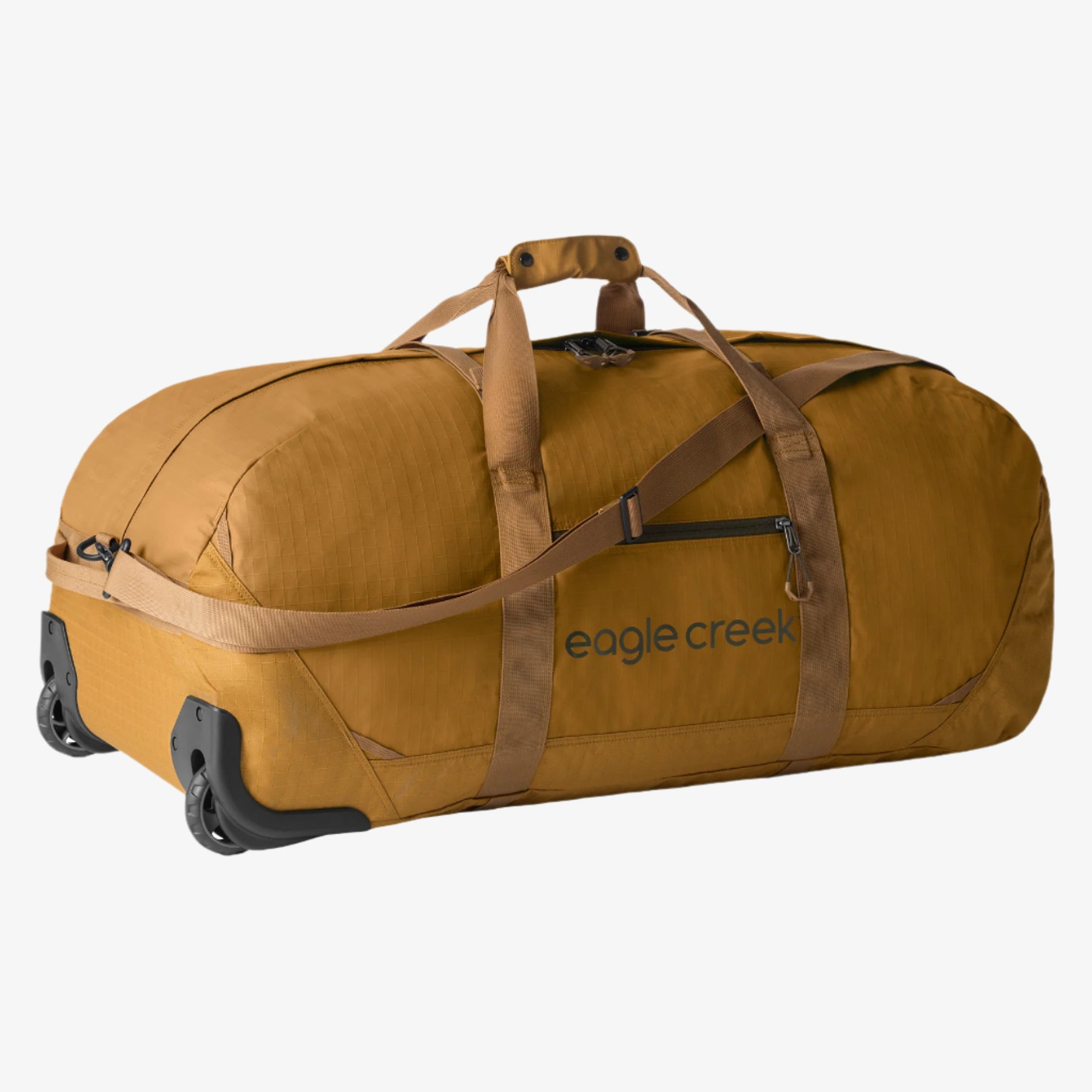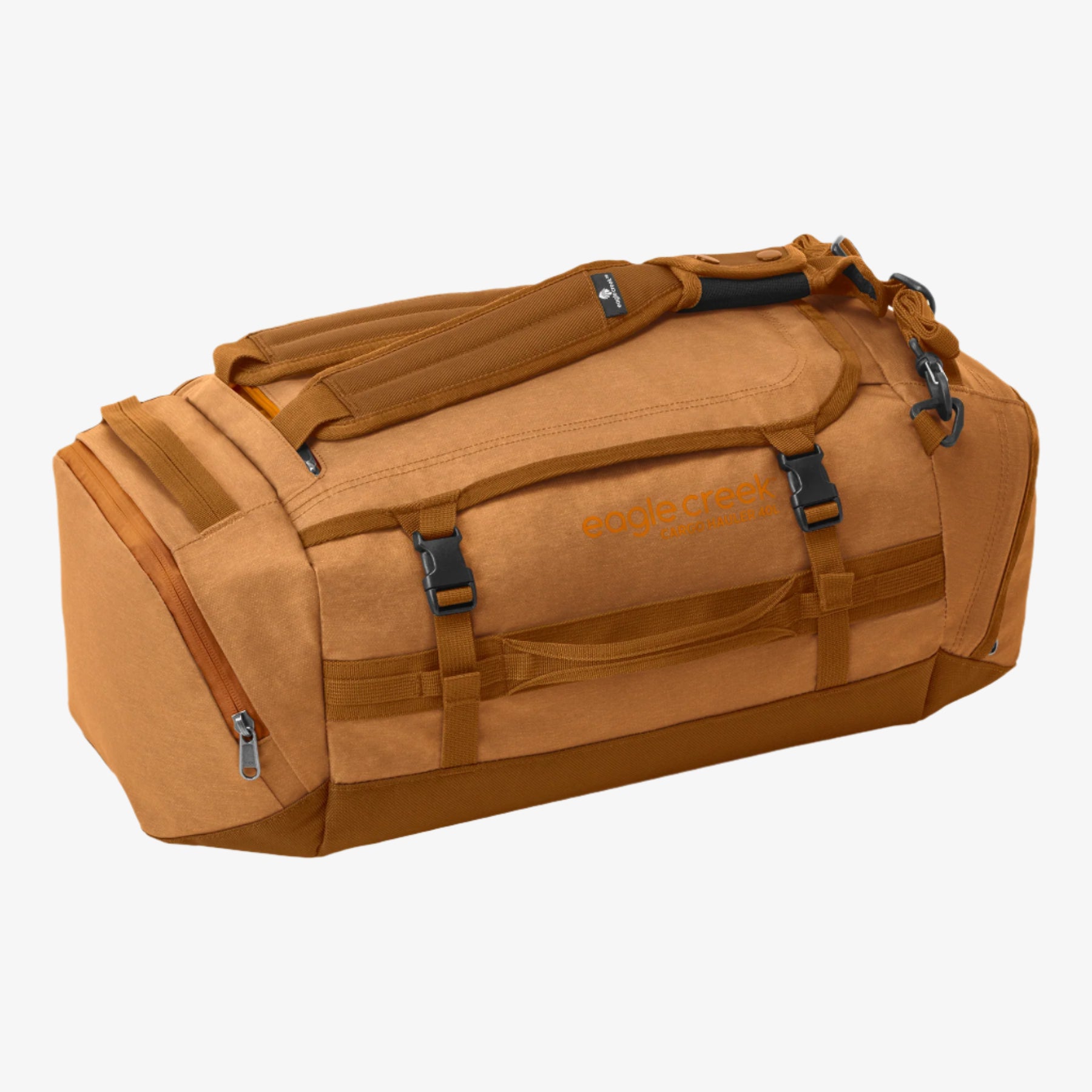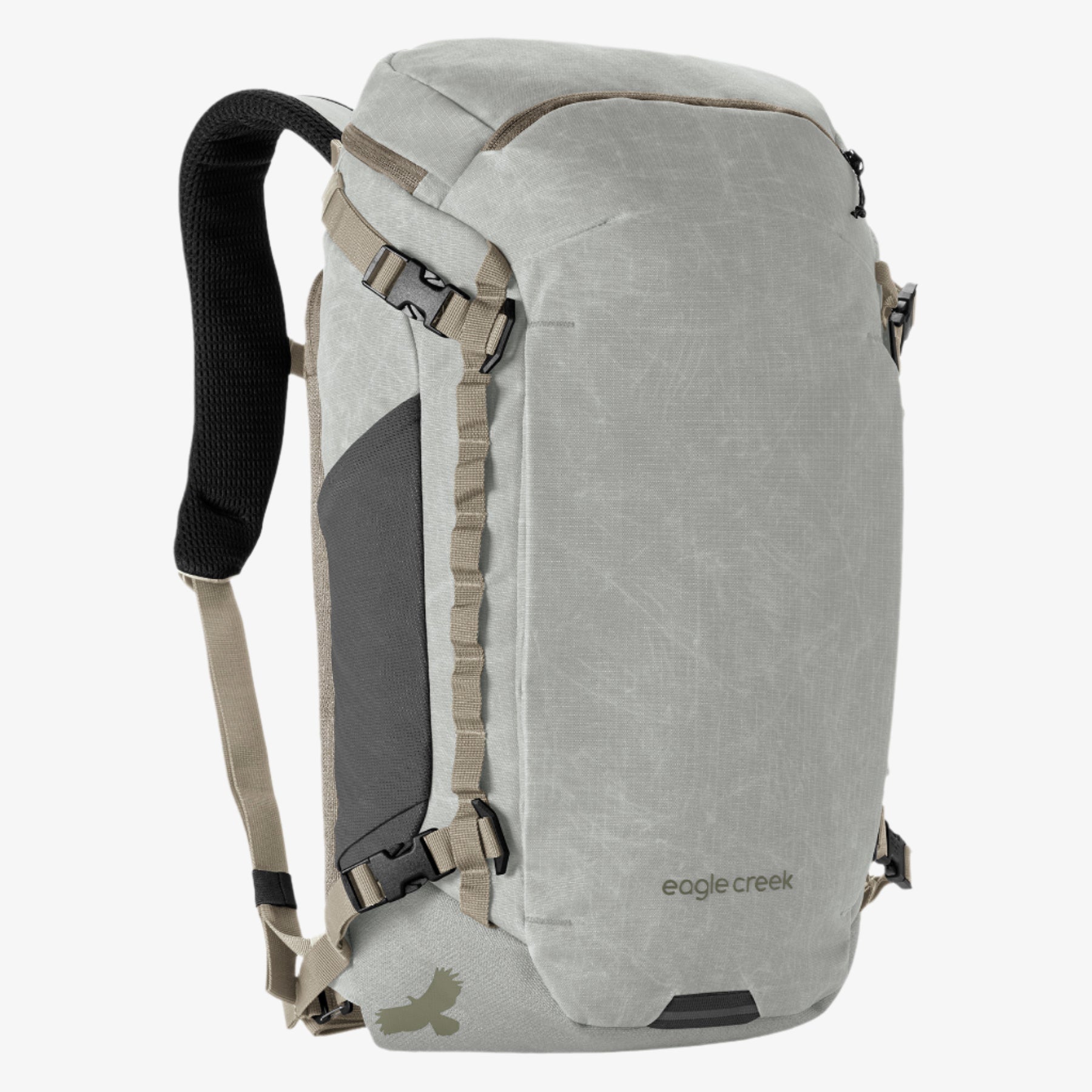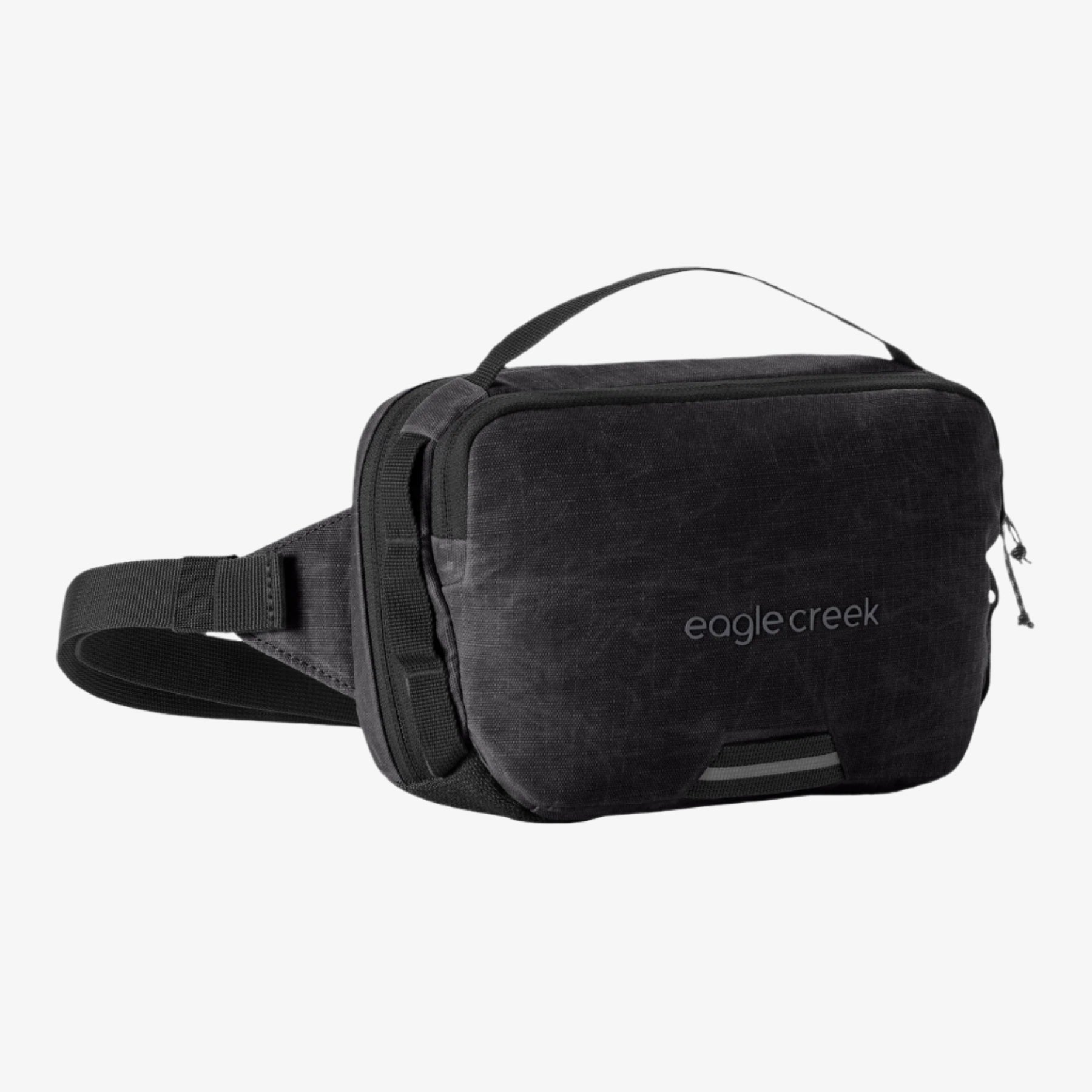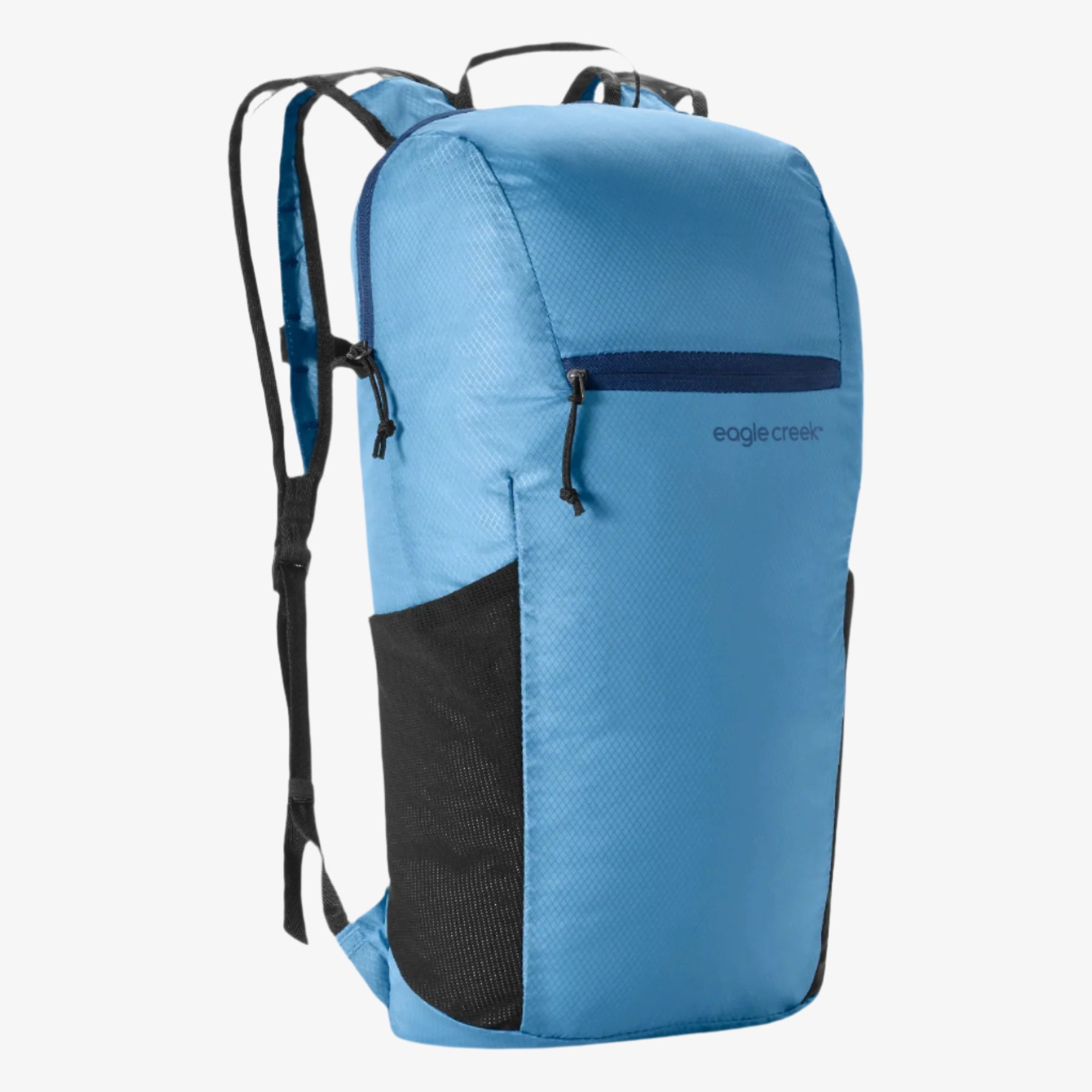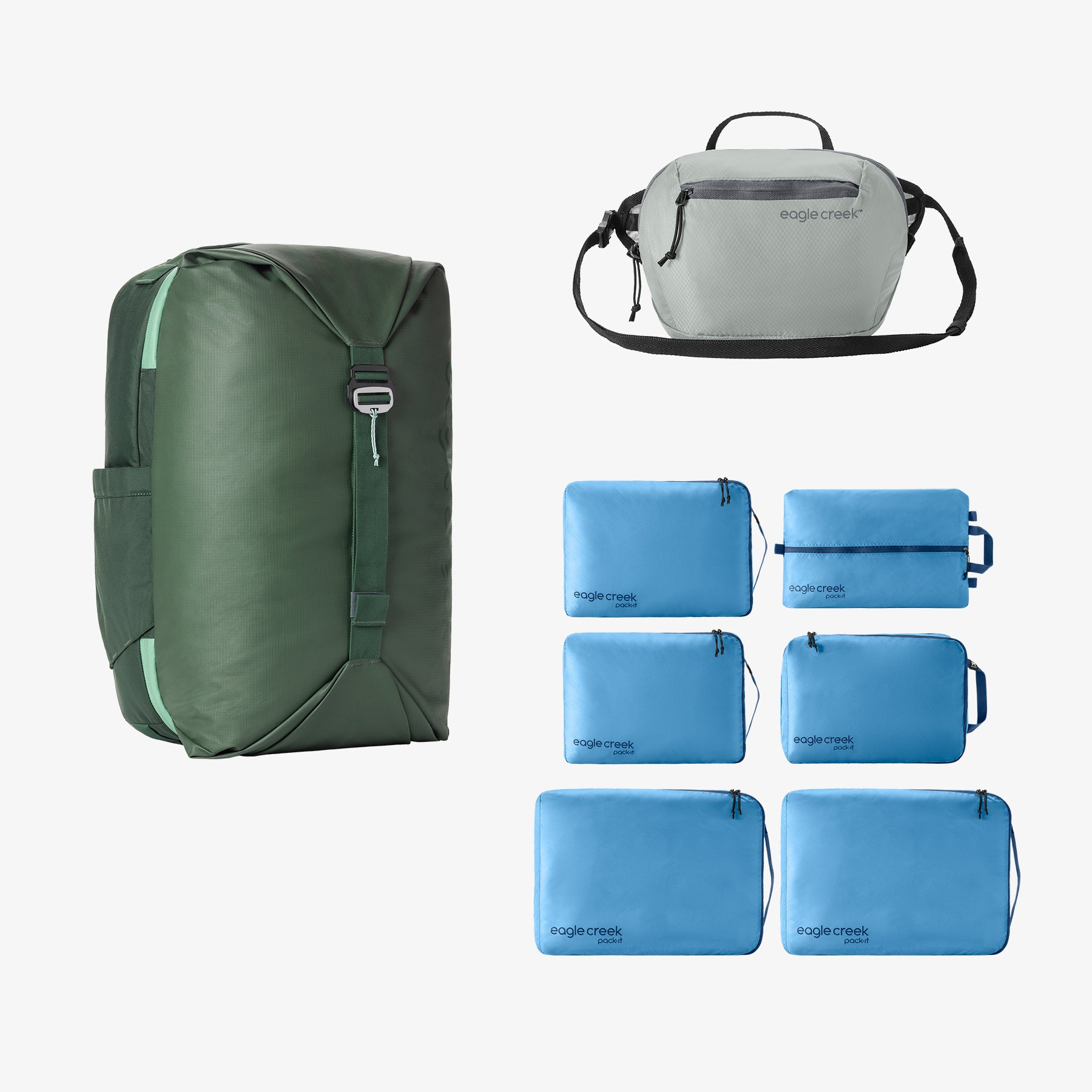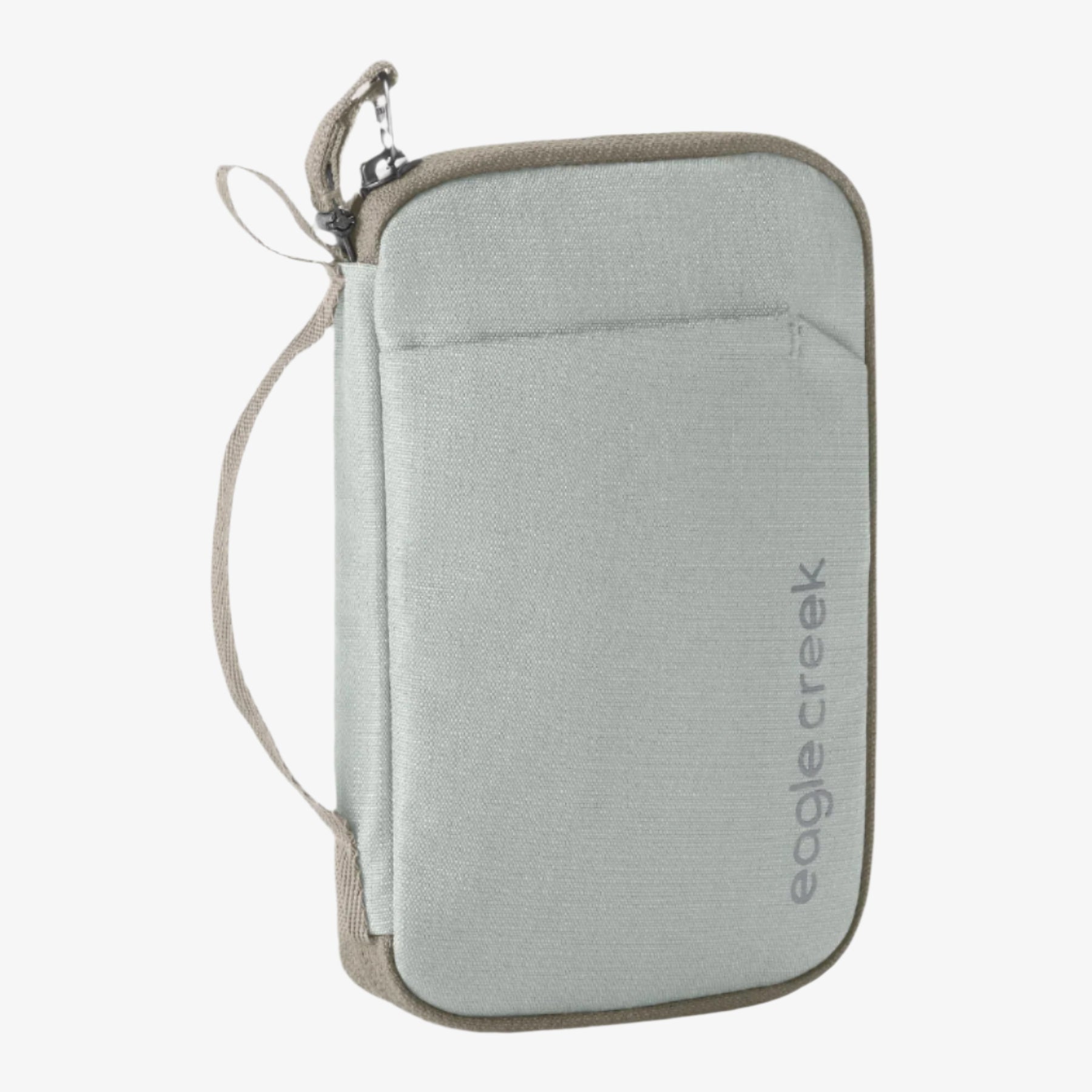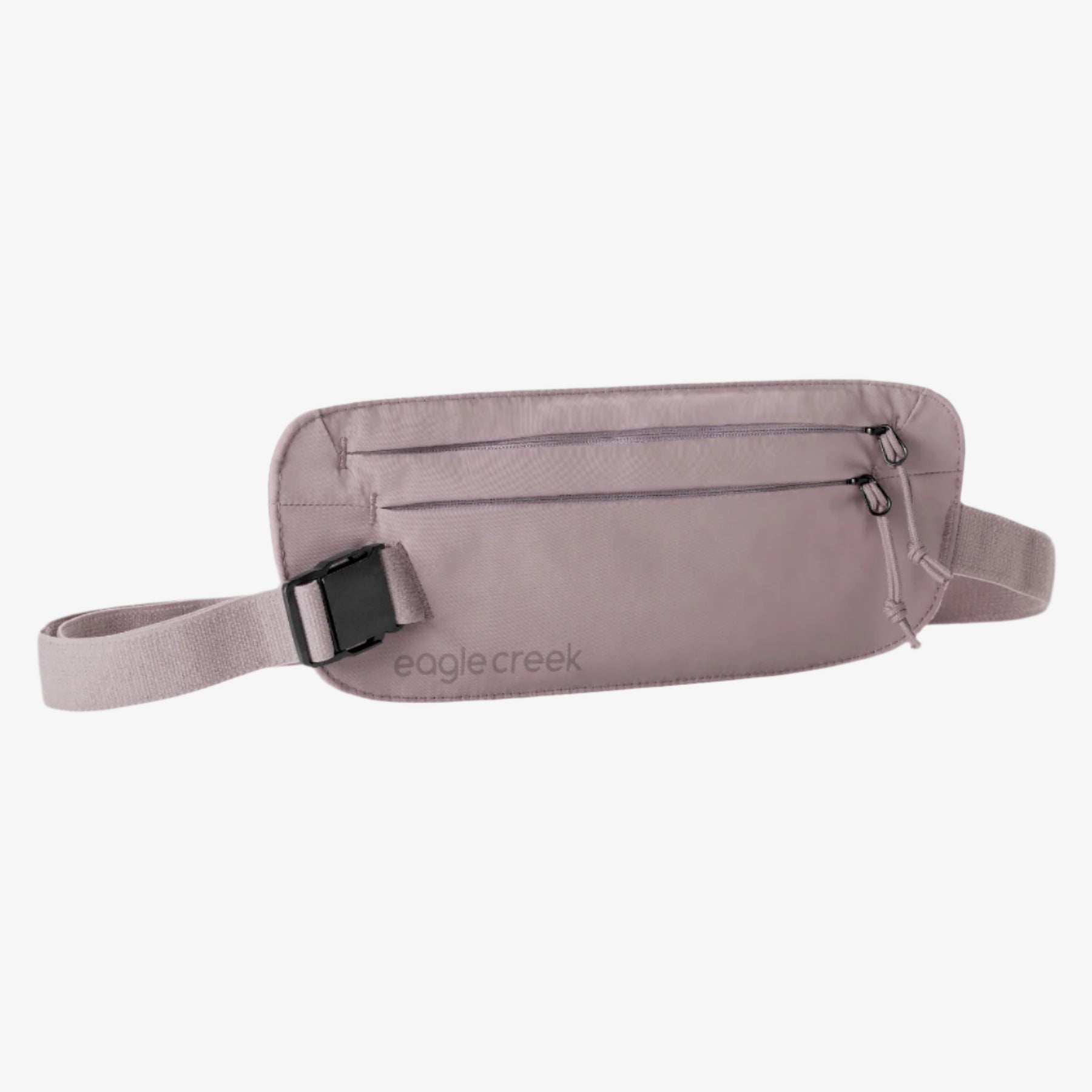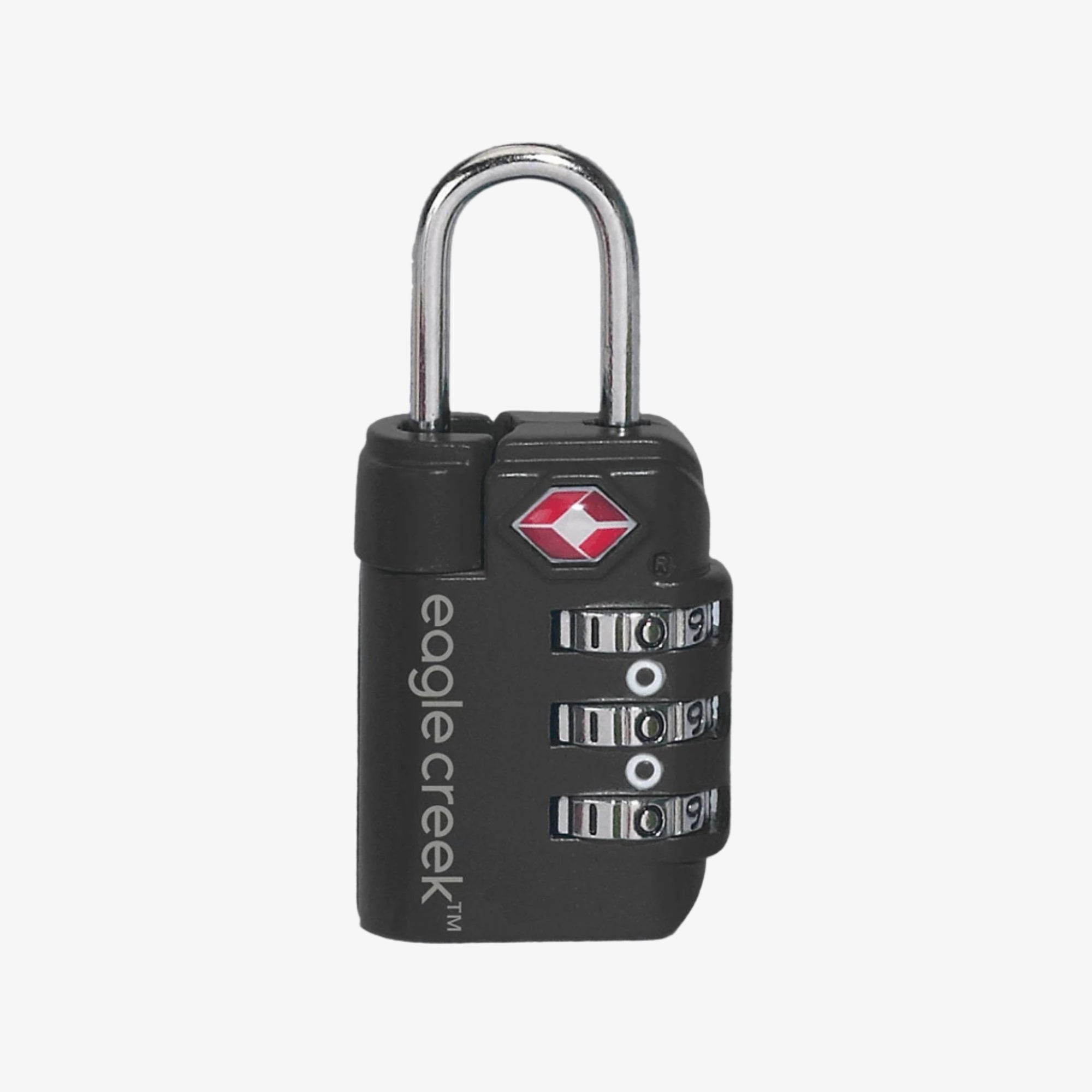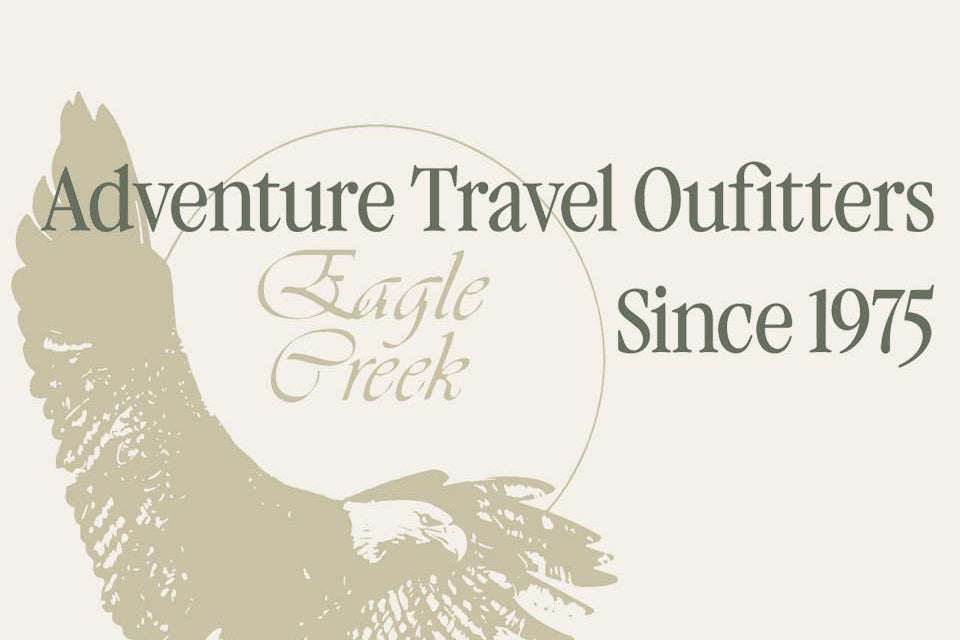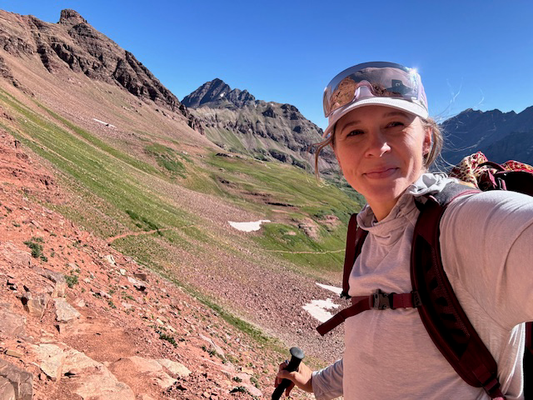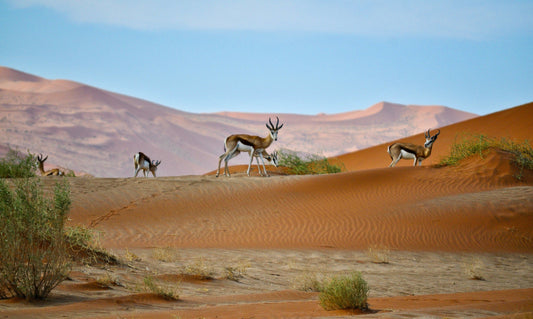My Day With a Mayan Chocolate Master in Belize

Always wanted to know where the best chocolate comes from? I uncovered the sweet secret to making true Mayan cocoa on a trip to Belize.
There are myriad reasons to visit Belize: a pristine coral reef, fabulous beaches, amazing diving, a lush rainforest, and incredible wildlife. Oh, and chocolate! Deep, dark, decadent chocolate—Mayan chocolate that comes directly from the farm, to be precise.
Belize has a long tradition of authentic chocolate production, and on a recent trip to the country’s southern Toledo region, I visited one of the small, family-owned chocolate farms that dot the deep green hills. Here I met a true chocolate artisan who showcased skills that had been passed down through indigenous farmers.
Chocolate Life
Chocolate farming was a way of life for Mayan communities two thousands years ago, but today, Ixcacao, in the lush and remote San Felipe Village, is the only chocolate maker in the world that's completely owned and operated by Mayans.
This small, family farm and chocolate-making operation is owned by Juan Cho and his wife Abelina (who is affectionately referred to as the “Queen of Cacao”). They are passionate about teaching visitors about traditional cacao farming and authentic Mayan cocoa production. (Note: Cacao is what grows on the tree and cocoa is the finished product.)
Juan’s motto is “Chocolate will save the rainforest,” and it's not hyperbole. The cacao that he and other Belizean farmers are growing is heirloom, local, and native to the area. Growing the cacao by using traditional methods creates rich forest and plant areas for wildlife that need to live where their food grows. The wildlife then helps germinate the forest, and the cycle of life continues. But with no chocolate, the rainforest could disappear.
Healthy Treat
If you’re like me and have a sweet tooth for chocolate, you may be happy to discover that you’re not alone. CNBC recently reported that the average American consumes nine pounds of chocolate per year (although that was a paltry amount compared with the average Swiss person, who gobbles 20 pounds a year!).
And there’s good news, too: Chocolate is actually good for you (in moderation, of course). Well, it's good for you if you’re eating the “right” kind, which, according to Juan, is dark chocolate that contains at least 75% cocoa content and does not contain artificial flavors or additives. Most locally produced bars in the Toledo district are made with just cocoa and raw brown sugar.
There is science behind these claims. The enzymes in pure dark chocolate promote circulation. Theobromine, which is also found in dark chocolate, is a natural mood lifter. And flavornoids, which are diluted if you add milk to barѕ, are аntioxidаnts that may help fend off cancer.
Growing Cacao
If you’ve never seen cacao growing before, it may come as a surprise. The pods are as large as mangoes and, here in Belize, a sunset orange color. (Other cacao that's grown in Africa is a red variety, which tastes more bitter off the vine.)
The inside of the pod is white and soft, with fruit-wrapped beans. It looks somewhat like a lychee. All of the soft fruit needs to be removed from the beans through fermentation. Then the beans are dried and cracked from an outer shell, like a nut, before the cocoa beans—or nibs—can be used. Juan does this all by hand in small batches.
First Tastings
A cocoa tasting at Ixcacao starts with hot chocolate—but not the sweet and creamy version that you'd imagine. Real cocoa, the way the Mayans drank it two thousand years ago, was ground chocolate and hot water—it looked and tasted a bit like black coffee. Since Europeans, who brought sugarcane and milking cows, didn’t arrive until the fifteenth century, this was truly the original chocolate drink.
The next samples include some of the bean-to-bar creations from the farm. Each bar is produced in the workshop below the open-aired sampling room, and starts with just two ingredients: cocoa and organic, unbleached sugar. Then, natural flavors (which are all grown on the farm) are added to create orange, coconut, ginger, and Mayan spice (cayenne, nutmeg, and cinnamon) varieties. The squares of rich, dark chocolate start to melt in your hand if you hold them too long, a sign that there are no additional chemicals or stabilizers added.
From Bean to Bar
After I tasted the rich final product, it was time to try making a bar myself. The cocoa nibs that we had shelled earlier were placed on a stone mortar, which has been used by the Cho family for five generations, and I pushed and pulled the nibs into the stone, trying to create a smooth paste.
It takes a lot of muscle to make a creamy finished product (and full disclosure, I was with a group of six who all took turns, and Juan still had to finish off our batch). We added a few spoonfuls of sugar and scraped our finished products into molds. The candy was delicious—even more so since I suddenly knew how much work and history goes into every bite of Belizean bar.
Getting to the Farm
Taste Belize Food and Cultural Tours is owned and operated by Lyra Sprang, who grew up on a cocoa farm and went on to earn a Ph.D. in food studies. Her intimate knowledge of the chocolate industry in Southern Belize and her close relationship with small cacao producers, such as Ixcacao, make her the perfect chocolate guide. I highly recommend taking one of their tours.
Where to Stay
Placencia is one of the best-kept secrets of southern Belize. It's a beautiful strip of nature that features beaches, as well as one main boardwalk of shops, open-air bars, and cafes. Naïa Resort & Spa has 35 individual beach huts that are nestled in the sand on Placencia’s coast and their spa has a lagoon view and offers a moisturizing Mayan chocolate wrap that utilizes cocoa butter from local chocolate farms and smells like a box of truffles.
Related Links (from Eagle Creek blog):
What to Pack for Belize: The 5-Step Solution


